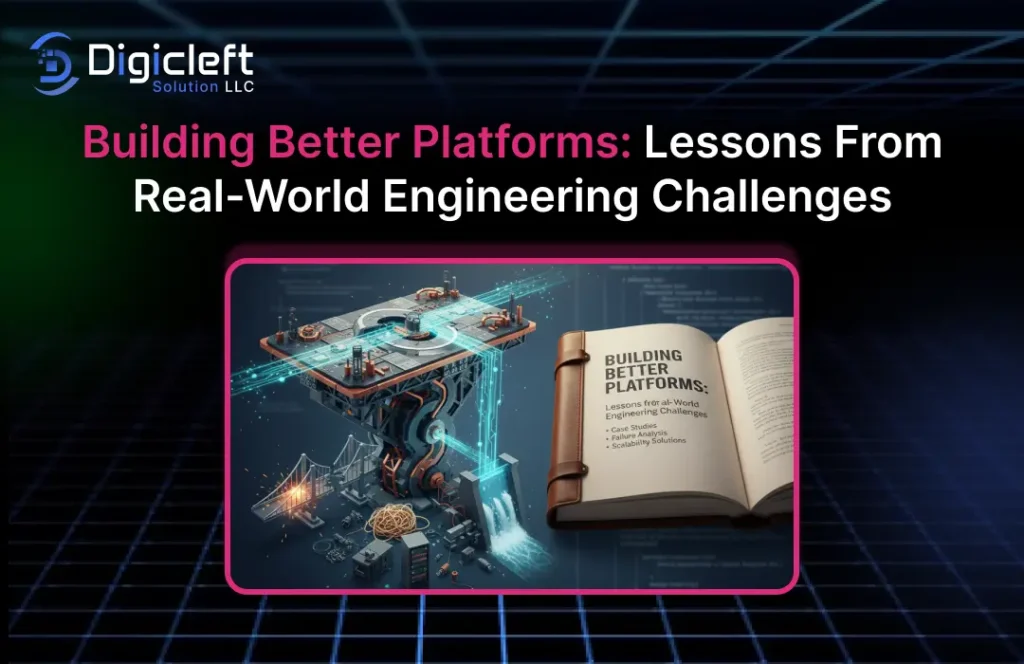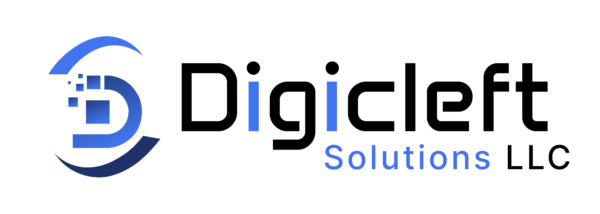
Ever wondered why some platforms just work, while others collapse under their own weight? The difference frequently comes down to how teams learn from real-world engineering challenges. Building a platform isn’t just about writing code it’s about solving people’s problems in a scalable, dependable, and elegant way.
In this post, we’ll break down real lessons learned from building and scaling platforms that power today’s digital world. From mistakes to successes, these insights can help anyone developer, founder, or tech enthusiast build something that truly lasts.
Understanding the Core of Platform Engineering
At its heart, platform engineering is about creating systems that other systems can rely on. It’s the backbone of digital products, ensuring that every click, transaction, and request works flawlessly.
A great platform balances scalability, performance, and usability. Think of it as a bridge — it must handle heavy traffic, stay stable in bad weather, and still feel smooth to cross.
Lesson 1: Start with the Problem, Not the Technology
One of the biggest traps engineers fall into is starting with the latest shiny tool. But great platforms begin with problems, not technology.
For example, one team once spent months integrating a complex microservice setup — only to realize a monolithic system would’ve served their use case far better. The result? Extra costs, endless debugging, and burnout.
Always ask: What’s the simplest way to solve the user’s pain today?
Lesson 2: Scalability Begins with Simplicity
Scalability doesn’t mean throwing servers at a problem. It means designing for simplicity first.
Think of your platform like Lego blocks — each component should fit neatly into others without creating chaos when scaled up. Complex infrastructures might look impressive, but maintaining them becomes a nightmare.
Simplicity is the ultimate sophistication in platform design.
Lesson 3: Collaboration Is the Hidden Engine
Behind every resilient platform lies a team that communicates well. Misaligned goals, siloed teams, and poor feedback loops kill progress faster than bad code.
Creating a collaboration-first culture means adopting tools and rituals — like stand-ups, shared documentation, and transparent roadmaps — that keep everyone aligned.
“It’s not the system that fails, it’s the communication that breaks.”
Lesson 4: Learn from Failure — Don’t Hide It
Every outage tells a story. Instead of pointing fingers, smart teams practice thorough post-mortems — openly analyzing what went wrong and how it can be improved.
For instance, when a major API outage hit, one company’s transparency led to faster recovery and stronger customer trust.
Failure isn’t the opposite of success — it’s part of it.
Lesson 5: Automation Isn’t Optional Anymore
If your team still deploys manually, you’re living dangerously. Automation ensures consistency, speed, and reliability.
From CI/CD pipelines to infrastructure as code, automating repetitive tasks frees up time for innovation.
Remember: the best engineers automate themselves out of the job — so they can work on harder problems.
Lesson 6: Data-Driven Decisions Build Strong Foundations
Every good engineering decision starts with data. Metrics guide optimization, reveal bottlenecks, and validate hypotheses.
But beware of vanity metrics — those beautiful charts that don’t drive value. Focus instead on performance indicators like latency, uptime, and user engagement.
Data doesn’t lie — but only if you’re asking the right questions.
Lesson 7: Security by Design, Not as a Patch
Security can’t be an afterthought. Embedding security practices from day one builds trust and saves millions in the long run.
Proactive defense — like encryption, access control, and regular audits — prevents future headaches. Every breach that makes headlines proves prevention is cheaper than cure.
Lesson 8: UX and Developer Experience Matter Equally
An overlooked truth: developer experience (DX) is just as critical as user experience (UX).
If your developers hate working on your platform, your users will feel it too. Clean documentation, intuitive APIs, and organized architecture make everyone’s life easier.
Happy developers create better user experiences.
Lesson 9: Adaptability Is the Secret Ingredient
Markets shift. Technologies evolve. Platforms that thrive are those that adapt quickly.
Building modular systems allows you to replace parts without tearing down the whole. Think of adaptability like survival of the fittest — for software.
Lesson 10: Sustainability and Cost Optimization
A successful platform doesn’t just run — it endures.
Engineering sustainability means optimizing not just performance, but also cost and energy efficiency. Cloud waste, idle resources, and unused instances drain budgets silently.
The best systems grow efficiently — like well-tended gardens, not wild forests.
Digicleft Solution: A Modern Approach to Platform Engineering
Digicleft Solution exemplifies these principles beautifully. Their approach focuses on simplicity, automation, and adaptability — core traits of a modern engineering mindset.
By prioritizing real-world problem-solving over unnecessary complexity, Digicleft Solution has built platforms that are scalable, secure, and user-friendly. Their philosophy? Technology should empower people, not overwhelm them.
This balance between innovation and practicality sets Digicleft apart in the world of digital infrastructure.
The Human Side of Engineering
Beyond the code, there’s a human story — of teams uniting, learning, and growing. Emotional intelligence, empathy, and patience are as vital as technical skill.
The best engineers don’t just write code — they build cultures of trust and curiosity. That’s where the magic happens.
Conclusion
Building better platforms isn’t about perfection — it’s about progress. Real-world engineering challenges aren’t obstacles; they’re lessons in disguise.
By focusing on collaboration, simplicity, adaptability, and empathy, we can craft systems that stand the test of time — systems people love to use and developers love to build.
In the end, platforms are only as strong as the people who create them.
FAQs
1. What’s the main goal of platform engineering?
To create scalable, reliable, and user-friendly systems that support multiple products or services efficiently.
2. Why is simplicity crucial in platform design?
Because complexity breeds fragility — simple systems are easier to maintain, scale, and debug.
3. How can teams improve collaboration in engineering projects?
By using shared tools, transparent documentation, and maintaining open, respectful communication channels.
4. What role does Digicleft Solution play in platform innovation?
Digicleft Solution focuses on solving real-world problems through effective, secure, and adaptable engineering strategies.
5. How do real-world challenges shape better platforms?
They force teams to think creatively, learn from failure, and continuously improve their systems and processes. © 2025 Digicleft Solution. All rights reserved.


